
United to remove CO2 from the air in bold greenhouse pledge.
Dec 10, 2020

United Airlines has committed to a bold greenhouse gas reduction strategy aimed at significantly lowering its carbon footprint. The airline plans to achieve net-zero emissions by 2050 through a combination of sustainable aviation fuel, innovative technology, and operational efficiencies. By investing in carbon capture initiatives and collaborating with industry partners, United seeks to actively remove CO2 from the atmosphere. This comprehensive approach underscores the airline's dedication to environmental sustainability and its role in combating climate change, positioning it as a leader in the aviation sector's transition to a more sustainable future.
In a groundbreaking initiative, United Airlines has committed to a bold greenhouse gas reduction pledge aimed at significantly reducing CO2 emissions from the air. This move reflects the airline's dedication to sustainability and its proactive stance on environmental issues, aligning with global efforts to combat climate change. The aviation industry is under increasing pressure to address its carbon footprint, and United Airlines is taking a leading role in this transition.
Understanding the Greenhouse Gas Pledge
The core of United Airlines' commitment lies in its ambitious goal to achieve net-zero greenhouse gas emissions by 2050. This pledge is not merely symbolic; it is supported by a comprehensive strategy that includes investment in sustainable aviation fuels (SAF), fleet modernization, and innovative operational practices. The use of SAF is particularly crucial as it can reduce lifecycle greenhouse gas emissions by up to 80% compared to traditional jet fuel.
Key Components of the Initiative
United Airlines' greenhouse gas reduction strategy is built on several key components:
- Sustainable Aviation Fuels (SAF): United plans to invest heavily in the production and adoption of SAF, which is produced from renewable resources and can significantly reduce carbon emissions.
- Fleet Modernization: The airline is committed to upgrading its fleet with more fuel-efficient aircraft. This includes the introduction of new models that are designed to be more aerodynamic and consume less fuel.
- Operational Efficiency: United is focusing on optimizing flight routes, improving ground operations, and implementing technology that enhances fuel efficiency during flights.
Chart: United Airlines CO2 Emission Reduction Goals
| Year | Target CO2 Emissions (in million metric tons) | Progress Towards Net-Zero |
|---|---|---|
| 2025 | 60 | On Track |
| 2030 | 45 | On Track |
| 2040 | 30 | On Track |
| 2050 | 0 | Goal |
Impact on the Aviation Industry
United Airlines' pledge is poised to set a precedent within the airline industry, encouraging other carriers to adopt similar sustainable practices. As a major player in air travel, the airline's actions can influence supply chains, fuel production, and technology development across the sector. The push for sustainability is becoming a competitive advantage in the aviation market, as consumers increasingly prefer to support environmentally responsible companies.
Challenges Ahead
Despite the promising outlook, there are significant challenges that United Airlines and the broader aviation industry must navigate. The production of sustainable aviation fuel is still in its infancy, with limited availability and high costs. Additionally, the transition to a fully electrified fleet is a long-term goal that requires extensive research and development. The airline must also address regulatory hurdles and public perception surrounding air travel's environmental impact.
Unifying for a Greener Future
Collaboration is vital for the success of United Airlines' CO2 reduction goals. The airline is engaging with fuel suppliers, policymakers, and environmental organizations to foster a unified approach to sustainability. By working together, stakeholders can create supportive policies, invest in infrastructure, and promote innovations that drive the industry towards a greener future.
Conclusion
United Airlines' bold greenhouse gas pledge is a significant step towards mitigating the environmental impact of air travel. By investing in sustainable aviation fuels, modernizing its fleet, and enhancing operational efficiency, the airline is positioning itself as a leader in the fight against climate change. As the industry grapples with the challenges of sustainability, United's commitment serves as a model for other airlines, demonstrating that it is possible to prioritize environmental responsibility while maintaining operational excellence.
As consumers, stakeholders, and communities rally around the need for sustainable practices, United Airlines is paving the way for a future where air travel can coexist with environmental stewardship. This initiative is not just about the airline; it is about the collective responsibility we all share in creating a sustainable world for future generations.
Related Articles

Explore Thailand: The Best Islands to Visit for Paradise, Adventure, and Relaxation

The Ultimate Guide to the Best Islands in Thailand for Your Next Getaway

Do babies need passports? How to get a passport for a newborn

How to get a U.S. passport fast: here’s how to expedite the process
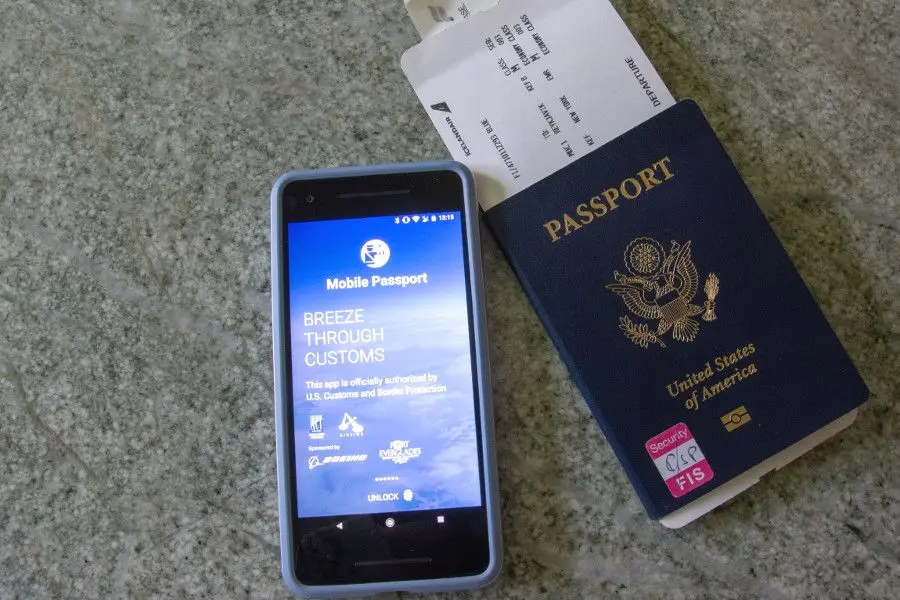
What is Mobile Passport Control: 5 reasons why you should use it
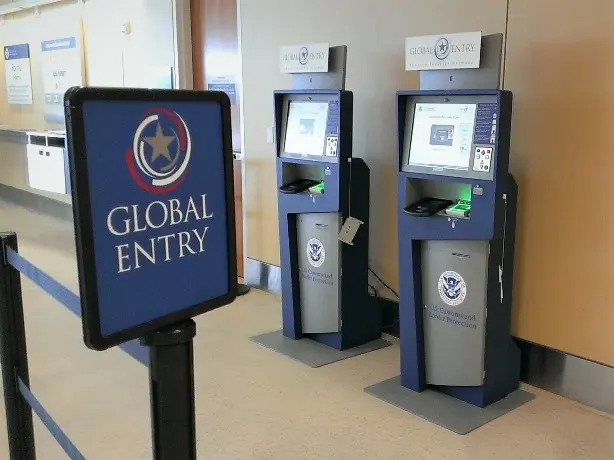
SENTRI vs. Global Entry: A detailed guide

Do you need a passport to go to the Bahamas? Let’s find out

Do you need a passport to go to Mexico? A detailed guide
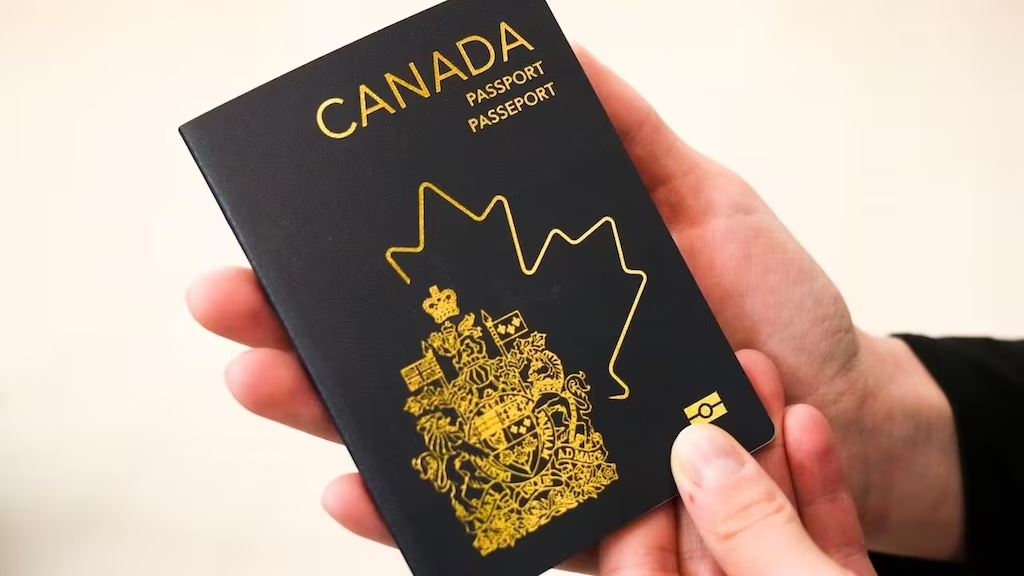
Do you need a passport to go to Canada? We got the answer
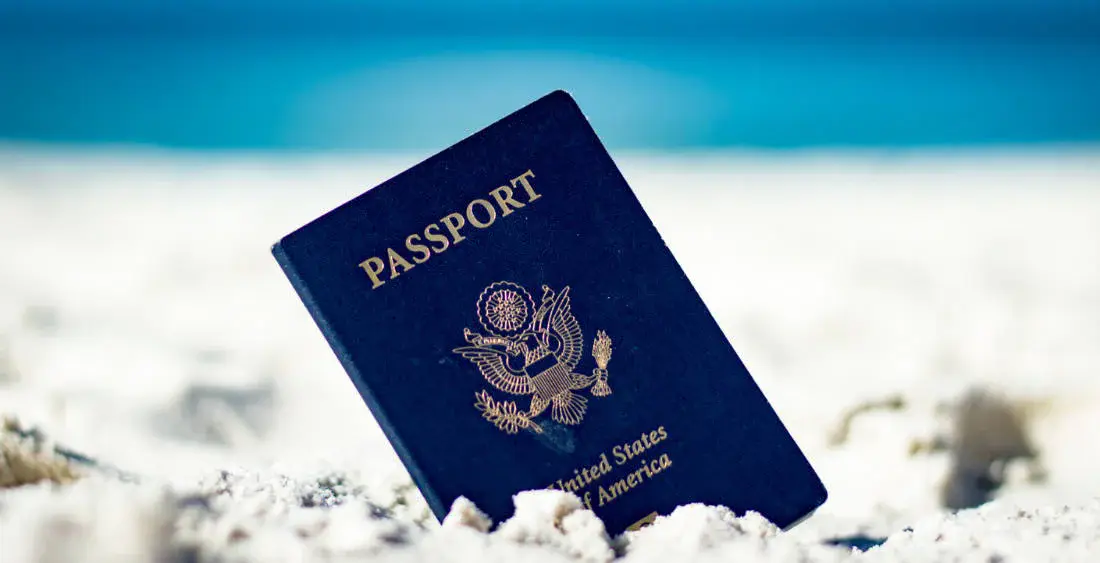
Do You Need a Passport for a Cruise: An Essential Travel Guide

Booster Seat Requirements: All the Rules to Follow in Your Rental Car
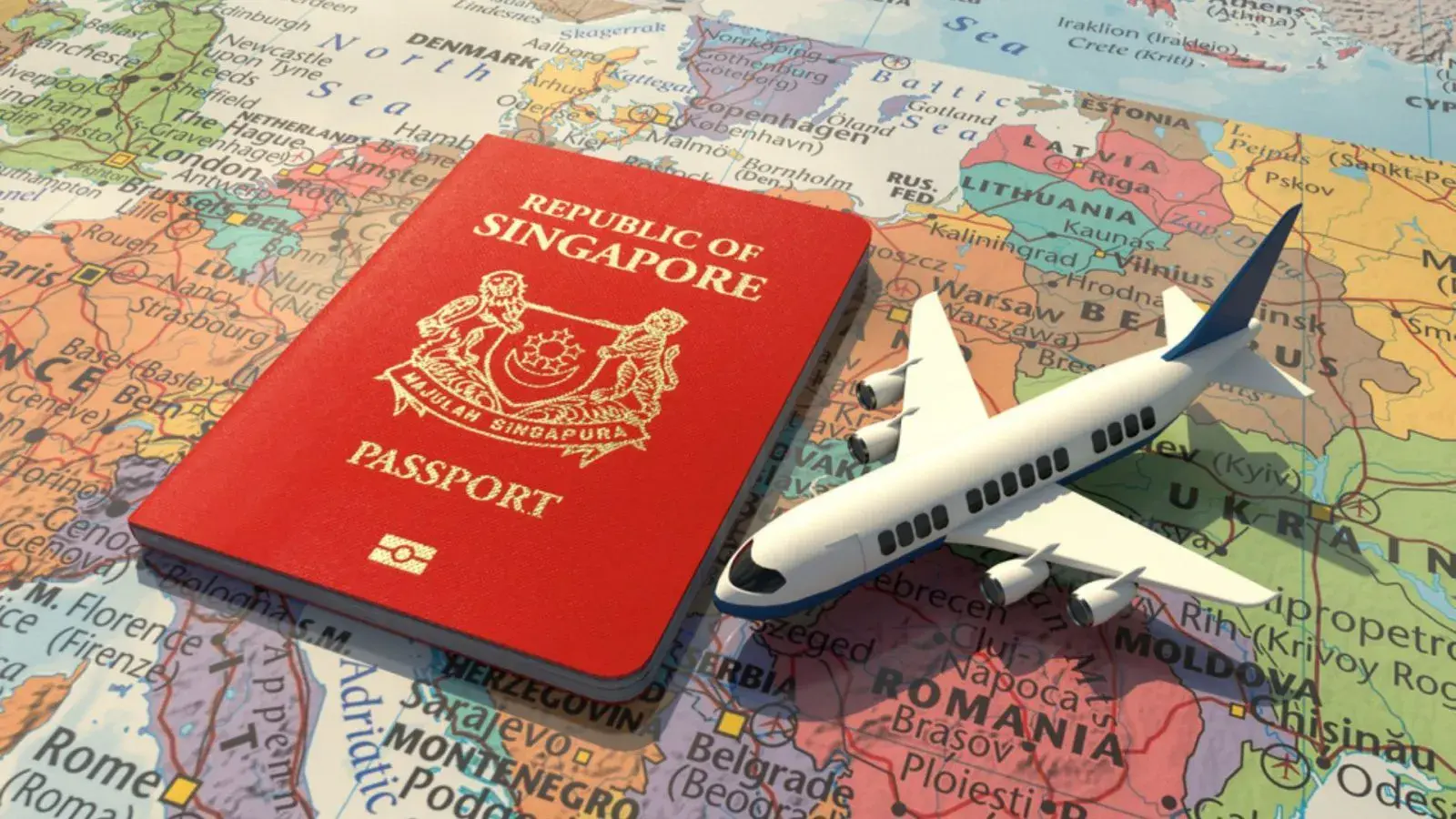
What Are the World’s Most Powerful Passports, and How Does Yours Rank?

How to Take a Passport Photo at Home: A Helpful Guide
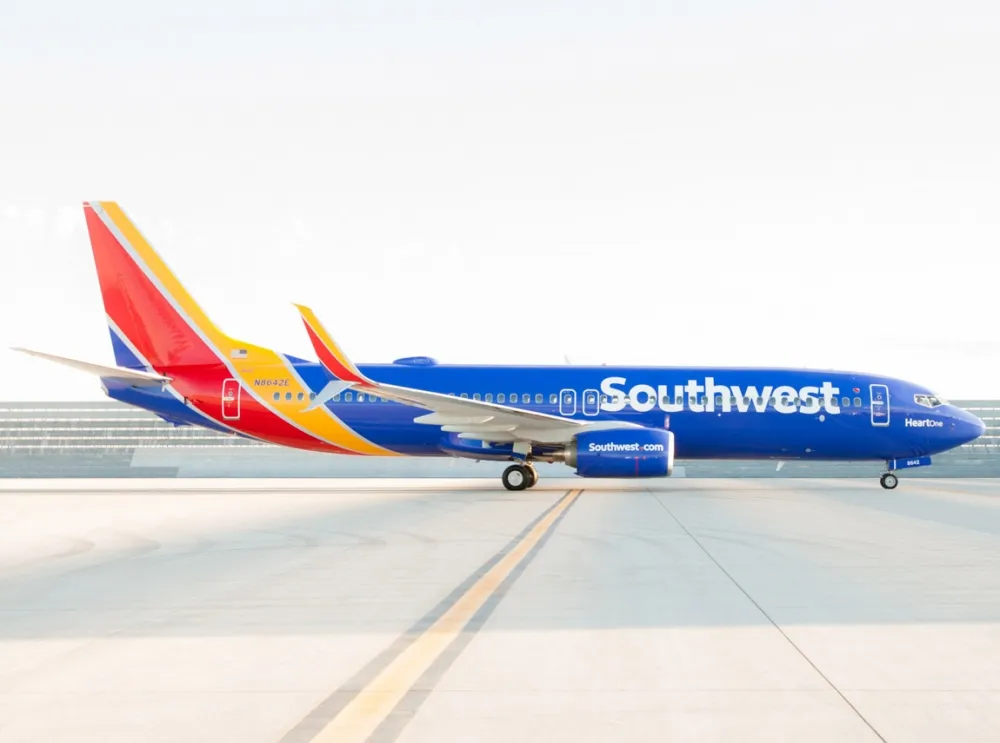
You've got to have heart! Southwest's new livery

Your opinion: Should water be free on low cost carriers?

Young women bolder than guys as solo travellers
